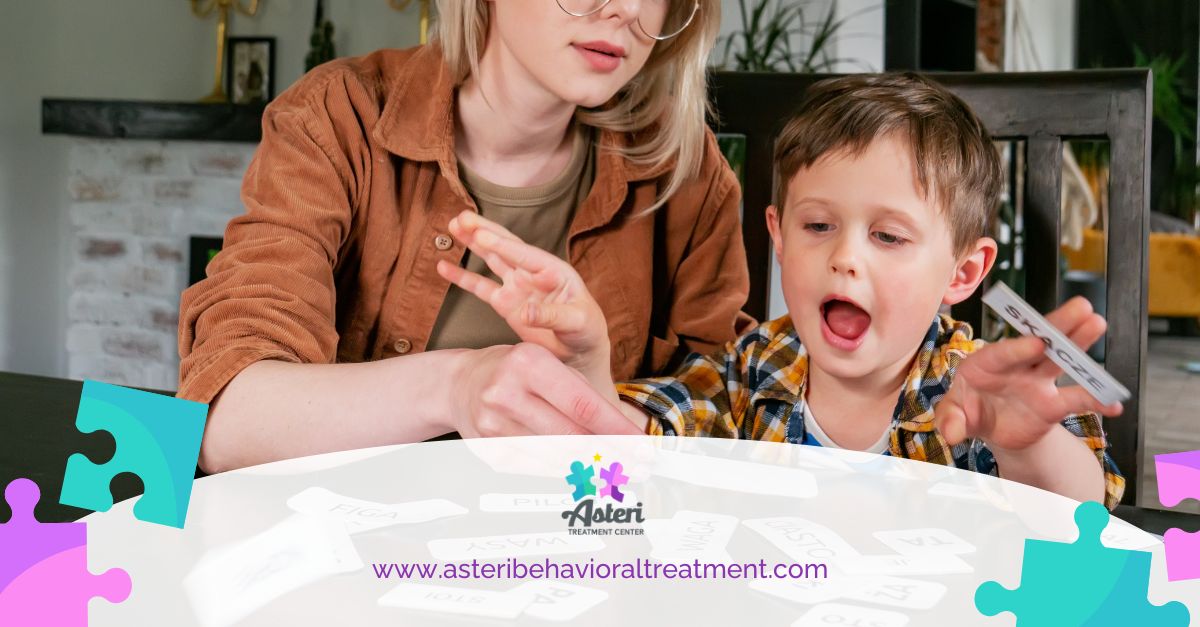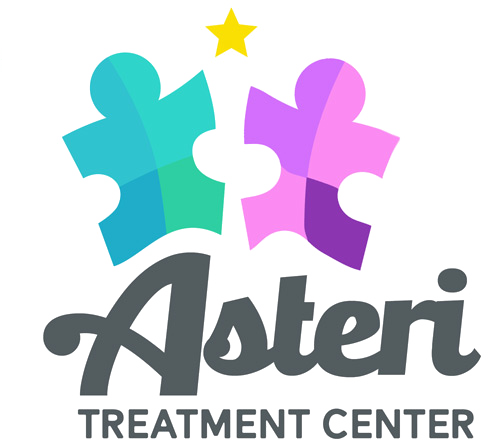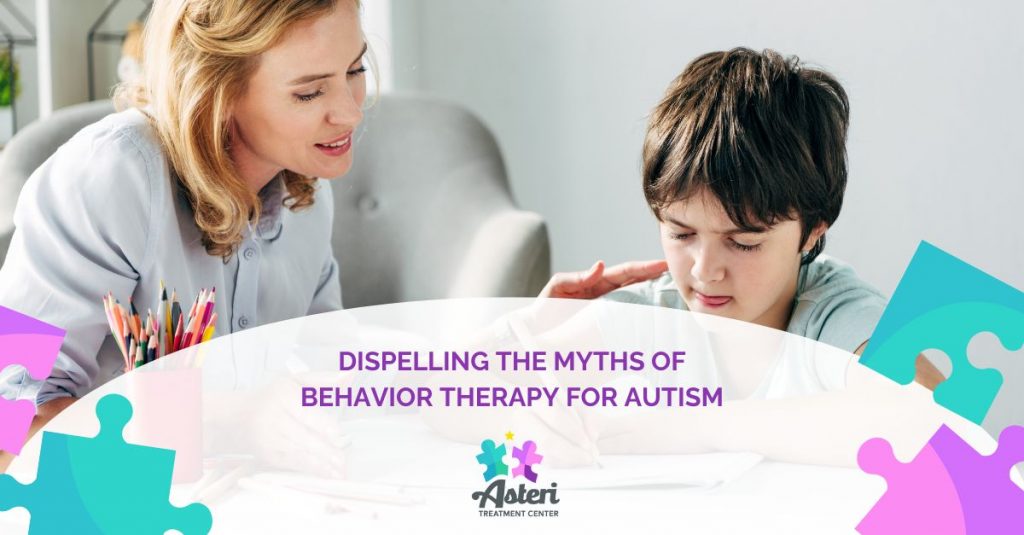Applied Behavior Analysis (ABA) therapy is one of the most extensively researched and widely used interventions for children with autism. Despite its proven effectiveness, behavior therapy for autism is often misunderstood, with various misconceptions surrounding its principles and practices. These misconceptions can lead to confusion and hesitation among families considering this therapy for their children. Understanding the truth about ABA is essential for making informed decisions and appreciating its value in helping children with autism achieve their potential.
Myth 1: ABA is Rigid and Robotic
One common misconception about ABA therapy is that it is rigid and robotic. Critics often claim that ABA focuses solely on teaching children to mimic behaviors without fostering genuine understanding or creativity. This is a misunderstanding of how ABA therapy has evolved.
In the past, some ABA approaches may have been more structured and focused on repetition. However, modern ABA practices emphasize flexibility and personalization. Therapy plans are tailored to each child’s unique needs, strengths, and preferences, incorporating both structured and naturalistic teaching methods. While some skills may initially be taught through repetition to ensure mastery, the ultimate goal is to help children generalize these skills to real-life situations, promoting independence and adaptability.
Myth 2: ABA Relies on Punishment
Another misunderstanding is the belief that ABA therapy relies heavily on punishment to modify behavior. This perception likely stems from outdated practices that are no longer representative of modern ABA. Today, the emphasis is on positive reinforcement—rewarding desired behaviors to encourage their recurrence. For instance, a child who successfully communicates their needs using words might receive praise, a favorite toy, or extra playtime. By focusing on positive reinforcement, ABA creates a supportive and motivating environment that fosters growth and learning.
Positive Reinforcement Strategies
Positive reinforcement in ABA therapy can take many forms. Here are a few examples:
- Social Reinforcement: Praise, high fives, smiles, and other forms of social interaction can be powerful reinforcers for many children.
- Activity Reinforcers: Allowing the child to engage in a preferred activity, such as playing with a favorite toy or taking a break, can be a strong motivator.
- Tangible Reinforcers: Small, desirable objects like stickers, toys, or treats can be used as rewards, especially when first introducing new skills.
- Token Economies: A token economy system involves awarding points or tokens for desired behaviors, which the child can then exchange for larger rewards.
Therapists carefully select reinforcers based on the child’s individual preferences and motivations.

Myth 3: ABA Suppresses Individuality
A frequently voiced concern is that ABA therapy aims to change or suppress a child’s natural personality or identity. Some critics suggest that ABA seeks to make children with autism conform to societal norms at the expense of their individuality. This is a fundamental misunderstanding of the goals of ABA therapy.
The true purpose of ABA is to empower children by teaching them skills that enhance their quality of life. These skills can include communication, social interaction, and self-care, all of which enable greater independence and participation in their communities. Far from diminishing individuality, ABA supports autistic children in expressing themselves and reaching their full potential.
ABA and Self-Advocacy
In fact, many ABA programs actively promote self-advocacy skills. Children learn to understand their strengths and needs, communicate their preferences, and make choices about their own lives. This fosters self-confidence and independence.
Myth 4: ABA is Only for Young Children
There is also a misconception that ABA therapy is only effective for young children or those with severe challenges. While early intervention is highly beneficial, ABA can be adapted for individuals of all ages and abilities. Adolescents and even adults with autism can benefit from ABA techniques to develop skills such as vocational training, social relationships, and daily living tasks. The adaptability of ABA makes it a valuable tool throughout an individual’s life.
ABA Across the Lifespan
ABA therapy can be tailored to address the unique needs of individuals at different stages of life. For example:
- Young Children: Focus on foundational skills like language, play, and social interaction.
- School-Aged Children: May address academic skills, social skills in school settings, and behavioral challenges.
- Adolescents and Adults: Can focus on vocational skills, independent living, social relationships, and community integration.
Myth 5: ABA is a One-Size-Fits-All Approach
Some people mistakenly believe that ABA therapy is a one-size-fits-all approach. This could not be further from the truth. ABA is highly individualized, with therapy plans designed to address specific goals and challenges for each child. Therapists work closely with families to understand the child’s unique needs and preferences, ensuring that interventions are meaningful and relevant. This collaborative approach helps create a comprehensive plan that evolves as the child grows and progresses.
Collaboration is Key
Effective ABA therapy relies on strong collaboration between therapists, parents, and other caregivers. This teamwork ensures consistency and generalization of skills across different environments.
Have Questions? Let’s Talk.
Misconceptions about ABA therapy often arise from outdated practices or misunderstandings of its goals and methods. To learn more about our behavior therapy for autism or Direct ABA Therapy techniques, contact Asteri Treatment Center today by sending us an email or call us at (800)400-9748.

